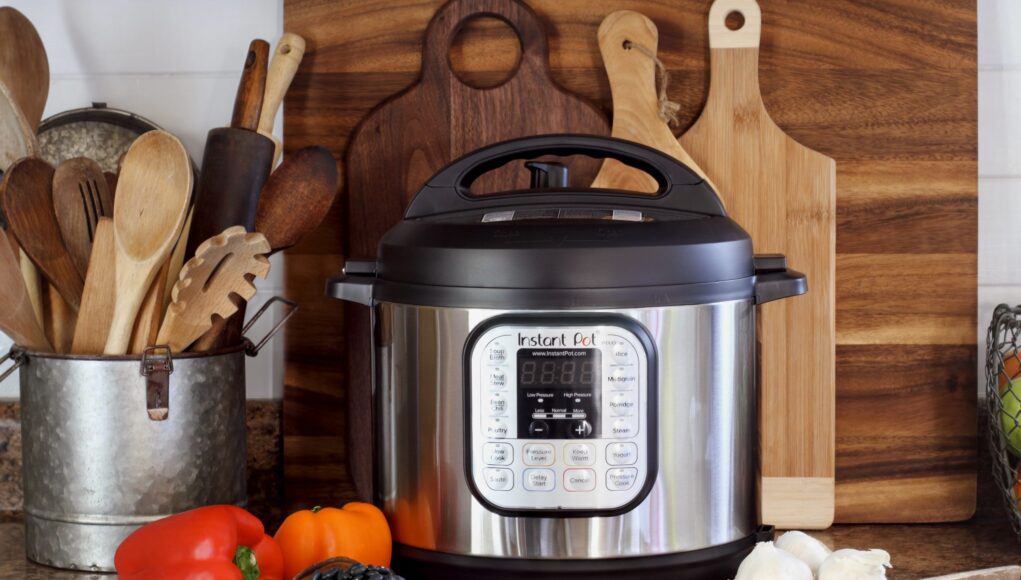Cooking rice perfectly can be a daunting task, even for seasoned cooks. But with the right tips and tools, like a Zojirushi rice cooker, you can make the process easy and reliable. Learning how to measure rice for a Zojirushi rice cooker is crucial to enjoying fluffy, perfect rice every time. Understanding precise measurements ensures that your rice dishes, whether for a regular dinner or a chicken feast, turn out exceptionally well.

The Importance of Proper Measurement
Accurate measurement of rice not only affects the texture and flavor but also determines the cooking time. Whether you’re using basmati, jasmine, or simple long-grain rice, knowing the right proportions is key to avoiding undercooked or mushy rice. For the full potential of your Zojirushi rice cooker, adhering to proper measurement guidelines is essential.
Types of Measuring Cups
The most convenient tool is the standard measuring cup provided by Zojirushi, designed specifically to align with the cooker’s water level lines. This ensures that you maintain perfect rice-to-water ratios consistently.
Using the Measuring Cup Provided
The proprietary measuring cup from Zojirushi typically holds around 180 milliliters, slightly less than an American cup. It is calibrated to match the internal lines of the cooker. Using other measuring cups could lead to errors in the water ratio, affecting the cooking results.
Determining the Right Water-to-Rice Ratio
The standard ratio in a Zojirushi rice cooker is one part rice to one and a half parts water for white rice. Other types, like brown rice, require adjustments. Generally, less water is needed for softer grains and more for higher fiber ones.
Steps to Measure Rice
Begin by measuring the required amount of rice using the dedicated cup. Level off the top for accuracy. Next, rinse the rice under clean water until the water runs clear. Then, place the rinsed rice in the rice cooker pot, adding water up to the corresponding line on the pot.
Adjustments for Different Rice Types
Each type of rice may require different water levels. For jasmine or basmati, you might need to slightly reduce water to maintain their delicate textures. Utilize the measuring markings within the Zojirushi pot as guides to tweak proportions as necessary.
Advanced Tips for Perfect Rice
For chicken lovers, incorporating broth instead of water can add depth of flavor to your rice dishes. Remember to account for the seasoning when measuring liquids, as broth can affect the saltiness level.
Adding Aromatics
Consider enhancing your rice with aromatics like bay leaves or garlic. Add these at the beginning of the cooking cycle for a fragrant result.
Troubleshooting Common Mistakes
Should you find your rice consistently too sticky or dry, revisit the ratios. It’s also possible that the type of rice may require slight adjustments to the water used.
Maintaining Your Zojirushi Rice Cooker
Keeping your appliance in pristine condition ensures optimal performance. Regularly clean both the inner pot and the steam vent to prevent residues, which can impact taste and efficiency.
The Optimal Order in Cooking
Pour the rinsed rice into the cooker first, then add water. This ensures even water distribution and prevents clumping. Engage various settings tailored for different rice types, ensuring the best outcomes for meals like cooking rice perfectly.
External Guide on Rice Cooking
For a complete understanding of how to use rice cookers effectively, consider expert opinions and additional resources that guide beginners and seasoned cooks alike.

FAQ: Common Queries About Measuring Rice
What if I lose my Zojirushi measuring cup?
No worries! Use a kitchen scale to match the original cup’s weight, approximately 180 milliliters, as a reference for precise measures.
Is rinsing rice always necessary?
Yes, rinsing removes excess starch, resulting in less sticky rice. This step is essential, especially for long-grain varieties.
How do the settings affect my cooking time?
Each preset configuration on a Zojirushi rice cooker is designed to adjust as needed for the type of rice and desired consistency. It’s advisable to trust these presets for the best results.
This article contains affiliate links. We may earn a commission at no extra cost to you.










